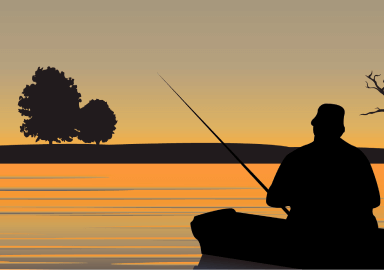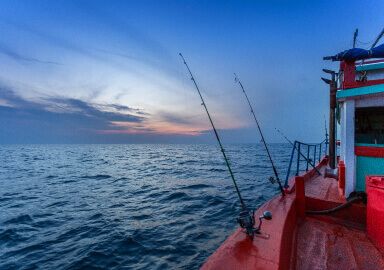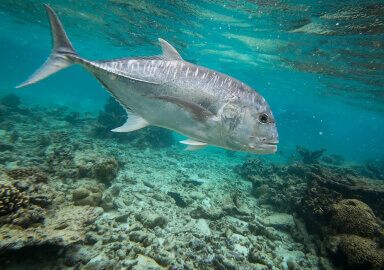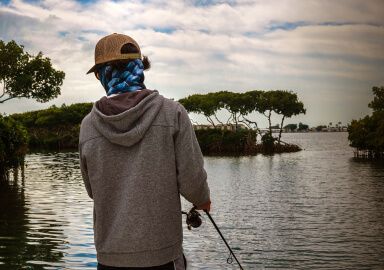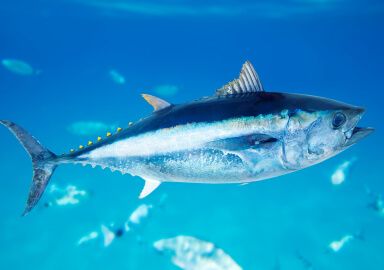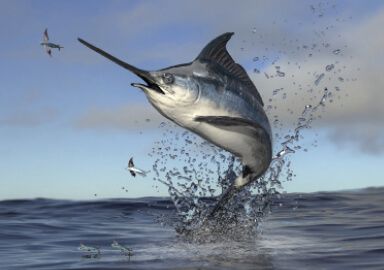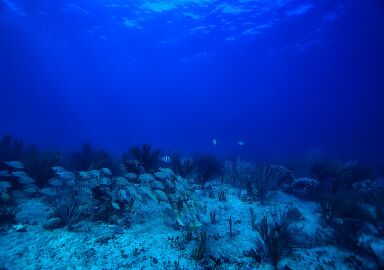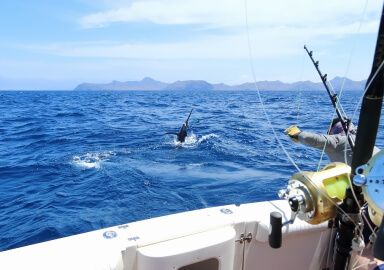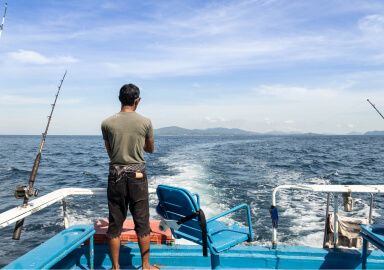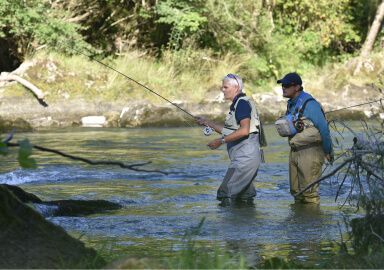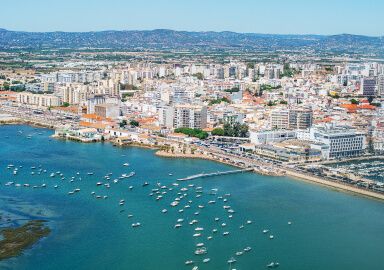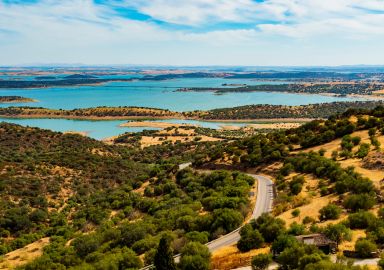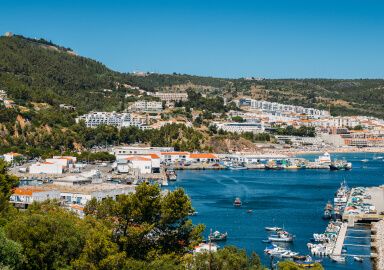Fishing in Faro
Whether it’s battling tuna offshore, spinning for sea bass along rocky headlands, or fishing for bass and carp in scenic reservoirs, Faro District offers the Algarve’s finest saltwater and freshwater fishing.
View 4 listings
4
listings
–
price starting from
23
fish species
–
to the nearest trip
About Faro
Faro District, covering the entire Algarve region of southern Portugal, is famed for its golden beaches, whitewashed villages, and sun-drenched coast—but for anglers, it’s also one of Europe’s premier fishing destinations. Bordered by the Atlantic Ocean to the south and west and crossed by a network of rivers and reservoirs inland, Faro offers a rich blend of marine and freshwater fisheries. The Algarve’s blend of modern tourist infrastructure and traditional fishing culture ensures both comfort and authenticity for traveling anglers.
The climate is Mediterranean, with over 300 days of sunshine per year. If you’re looking for a European beach vacation with a bit of fishing on the side, it’s hard to beat Algavre - the hottest months of the year are when bluefin tuna, marlin, and other pelagic species abound in the waters around it! Coastal towns like Faro, Lagos, Albufeira, and Tavira serve as hubs for deep-sea charters. More relaxed inshore options are also on the table, while the inland hills and valleys hide peaceful reservoirs and rivers teeming with freshwater species.
Fishing Types
Faro District is best known for saltwater fishing, thanks to its long Atlantic coastline, rocky headlands, and deep offshore waters. It is the destination for big game fishing, with charters going out way offshore, sometimes for several days, to pursue the giants of the seas in that one-of-a-kind area where the colder and less saline waters of the Atlantic meet the warmer and more saline waters of the Mediterranean. Inshore fishing is also outstanding, with species like sea bass, bream, and mackerel targeted from boats, beaches, and rocky cliffs. And if it’s freshwater fishing that’s more of your thing, you can find some in small stocked lakes, as well as reservoirs such as Barragem de Odeleite, Barragem do Funcho, and Barragem de Bravura
Targeted Fish Species
The Algarve’s saltwater scene is famous for its diversity and size of catches, with over 200 species. Those include the monstrous bluefin tuna, as well as other tuna species such as bigeye and skipjack, white and blue marlin, albacore, swordfish, shark and dorado. Schedule your trips after those pelagics during the warmer months, especially from late spring to early autumn. Closer to shore, European sea bass, gilthead sea bream, mackerel, horse mackerel, and conger eel are abundant, especially near reefs, wrecks, and rocky drop-offs. In freshwater, common carp are the most widespread species, accompanied by barbel, zander, and perche.The Algarve’s saltwater scene is famous for its diversity and size of catches, with over 200 species. Those include the monstrous bluefin tuna, as well as other tuna species such as bigeye and skipjack, white and blue marlin, albacore, swordfish, shark and dorado. Schedule your trips after those pelagics during the warmer months, especially from late spring to early autumn. Closer to shore, European sea bass, gilthead sea bream, mackerel, horse mackerel, and conger eel are abundant, especially near reefs, wrecks, and rocky drop-offs. In freshwater, common carp are the most widespread species, accompanied by barbel, zander, and perche.
Fishing Techniques
Saltwater techniques in Faro range from trolling for tuna and swordfish offshore, to spinning, bottom fishing, and jigging closer to the coast. Surfcasting is hugely popular on the Algarve’s beaches, especially for species like sea bass and bream. Local anglers often fish at night using natural baits, while others prefer the excitement of plugging and spinning at dawn or dusk. Boat fishing trips frequently combine bottom fishing with light trolling to maximize the variety of species caught in one outing.
In freshwater, carp fishing with boilies, feeders, and hair rigs is a growing scene. For predators like bass and zander, anglers use soft plastics, crankbaits, and surface lures along rocky margins and submerged structure. Fly fishing for bass and barbel is also gaining popularity.
